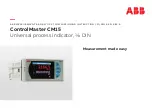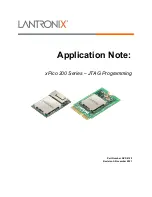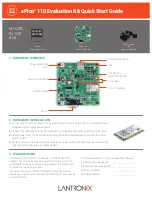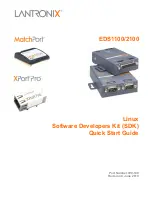
PRODUCTPREVIEW
RM46L852
SPNS185 – SEPTEMBER 2012
Table 5-17. MIBADC2 Event Trigger Hookup (continued)
PINMMR32[8] = 0
110
7
GIOB[0]
N2HET1[11]
PINMMR32[8] = 1
ePWM_A2
and
PINMMR32[9] = 1
PINMMR32[16] =
PINMMR32[16] =
0 and
111
8
GIOB[1]
N2HET2[13]
ePWM_AB
1
PINMMR32[17] =
1
NOTE
If AD2EVT, N2HET1 or GIOB is used as a trigger source, the connection to the MibADC2
module trigger input is made from the output side of the input buffer. This way, a trigger
condition can be generated either by configuring the function as output onto the pad (via the
mux control), or by driving the function from an external trigger source as input. If the mux
control module is used to select different functionality instead of the AD2EVT, N2HET1[x] or
GIOB[x] signals, then care must be taken to disable these signals from triggering
conversions; there is no multiplexing on the input connections.
If N2HET2[5], ePWM_B, N2HET1[17], N2HET1[19], N2HET2[1], N2HET1[11], ePWM_S2,
N2HET2[13] or ePWM_AB is used to trigger the ADC the connection to the ADC is made
directly from the N2HETx or ePWM module outputs. As a result, the ADC can be triggered
without having to enable the signal from being output on a device terminal.
NOTE
For the RTI compare 0 interrupt source, the connection is made directly from the output of
the RTI module. That is, the interrupt condition can be used as a trigger source even if the
actual interrupt is not signaled to the CPU.
5.4.2.3
Controlling ADC1 and ADC2 Event Trigger Options Using SOC Output from ePWM Modules
As shown in
, the ePWMxSOCA and ePWMxSOCB outputs from each ePWM module are used
to generate 4 signals – ePWM_B, ePWM_A1, ePWM_A2 and ePWM_AB, that are available to trigger the
ADC based on the application requirement.
128
Peripheral Information and Electrical Specifications
Copyright © 2012, Texas Instruments Incorporated
Summary of Contents for RM46L852
Page 170: ......
















































